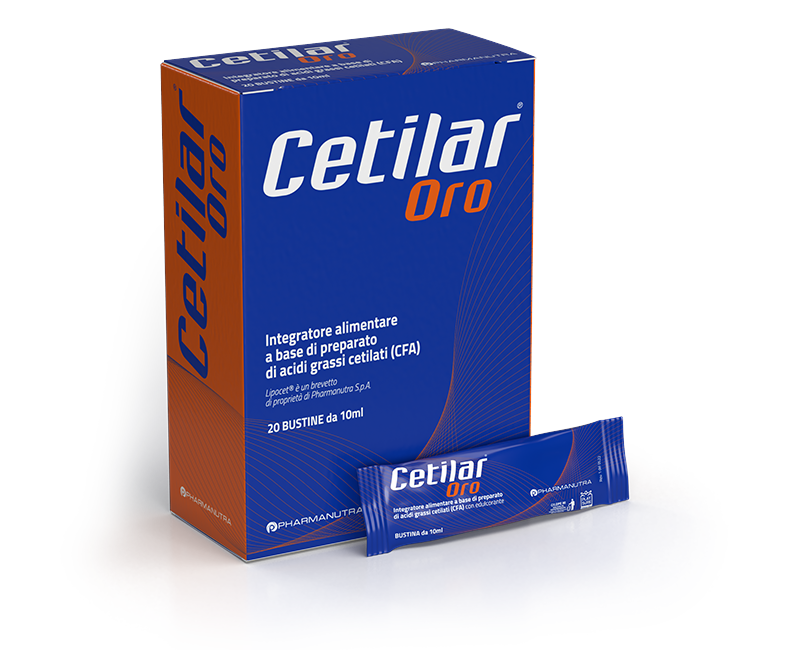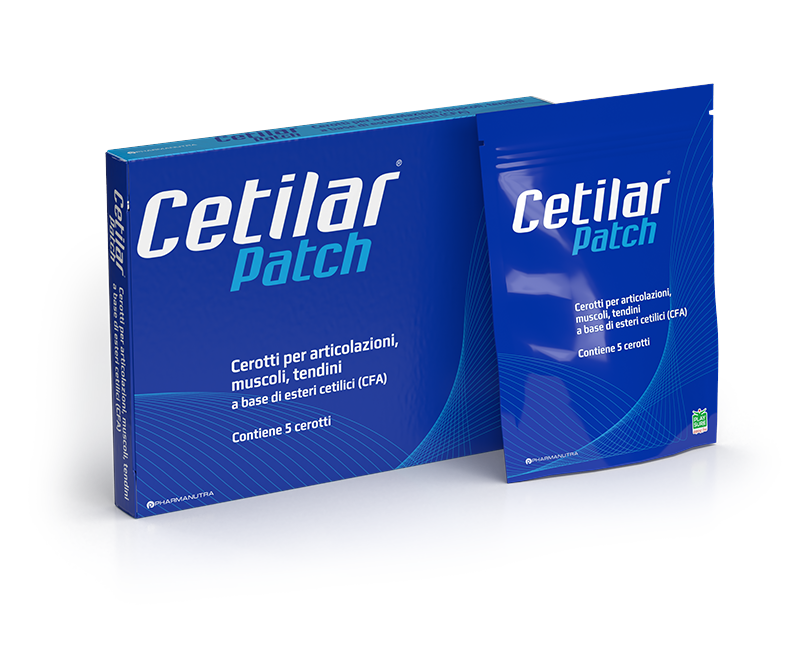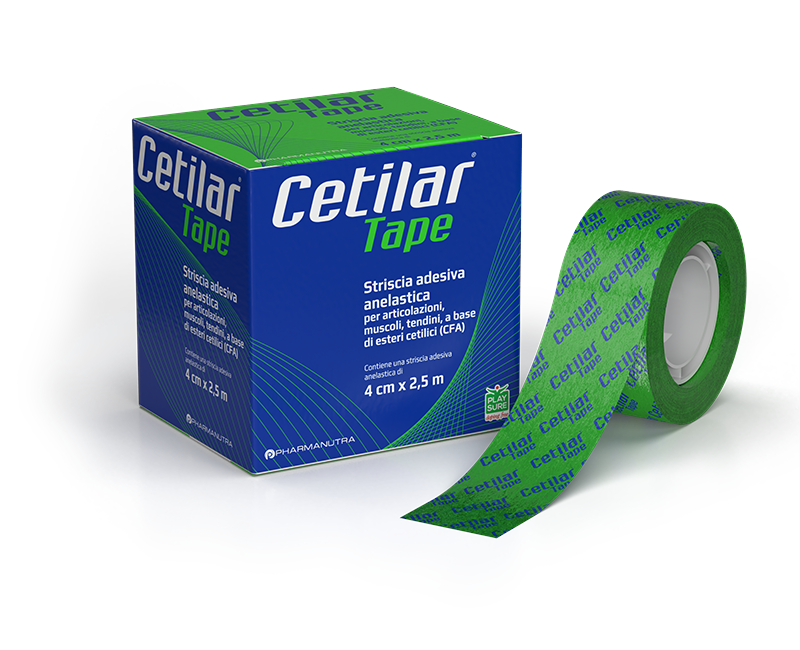Hip pain: which tests to do to understand the origin of the pain

The coxofemoral joint: anatomical structure and functions
The hip joint, or coxofemoral joint, is the joint linking the head of the femur to the iliac bone in the pelvis, specifically with the joint cavity known as acetabulum. The hip is a typical example of ball and socket joint, a joint with great mobility, where a spherical surface (the head of the femur) fits into a bone cavity (the acetabulum).
The coxofemoral joint is formed of a joint capsule, a series of ligaments and some synovial bursa. In addition, it is closely linked to both the muscles in the lower limbs and with the rear of the abdominal wall (iliopsoas muscle) and is affected by the spinal nerves in the lumbosacral plexus. The main functions of the hip are to support the weight of the upper part of the body and allow the lower limbs to move.
Hip pain: which are the most frequent causes and the areas most affected
Hip pain may come from different origins, both local or from other parts of the body, and for this reason there may be many causes, which are not always easy to identify. The areas in which hip pain is usually manifested run from the pelvis to the knee, and specifically:
- The groin (the front part of the hip);
- The outside of the thigh (side of the hip);
- The gluteus;
- The front of the thigh, usually as far as the knee;
- The pubic area and inner thigh (internal part of the hip);
- The internal part of the knee.
Depending on where the symptoms are located, the pain is caused by the following problems:
- Arthrosis of the hip
- Bursitis
- Adhesive capsulitis of the hip, also known as frozen hip
- Joint stiffness
- Herniated lumbar disc
- Muscle retraction, particularly in the Iliopsoas, Piriformis, Gluteus and Tensor Fascia Lata
- Inguinal hernia
- Pubalgia
- Dysfunction of the sacro-iliac joint
- Pain caused by internal dysfunctions (e.g. kidneys, appendix, ureter, intestines etc.)
Let’s have a look at some of the most common.
Coxarthrosis of the hip
Hip arthrosis is a frequent condition, which increases proportionately with age. It is estimated that in the over-70s age bracket, coxoarthrosis of the hip affects 10% of people and, in 40% of cases, it is a form of bilateral arthrosis.
In clinical terms, the symptoms are manifested initially as a dull pain in the groin or to the side at trochanteric level (i.e. the upper external part of the femur), especially after long periods of stress. The pain may subsequently occur in the upper part of the thigh or the knee, and the condition may also develop in the side and rear of the thigh. In some cases the symptoms may start from the knee.
When the arthrosis is in the initial stages, conservative treatment is preferable, with physiotherapy focused on mobility, flexibility, muscular strengthening and proprioceptive exercises. In more advanced cases, on the other hand, hip replacement surgery is required.
Hip bursitis
The term bursitis refers to the painful inflammation of a serous membrane, a small sac of liquid protecting the joints from friction, rubbing and excessive stresses. In the coxofemoral joint, the part most frequently affected by this type of inflammation is the trochanteric membrane, located in the side of the hip.
The most common symptom of hip bursitis is pain in the upper side of the thigh during stress, exacerbated when acupressure is applied to the area. The pain may also worsen at night, often making it impossible to sleep on the side affected by the inflammation.
The treatment consists generally in rest, instrumental therapy (Tecar or Laser), stretching exercises and anti-inflammatory drugs. In some cases, the specialist physician may deem infiltration therapy useful for accelerating recovery.
Hip pain caused by a herniated disc
Herniated lumbar discs (also known as “prolapsed disc”) can cause hip pain. In particular, high lumbar hernias (L2-L3) with the compression of the femoral nerve can cause pain in the groin area and in the front part of the thigh. Low lumbar hernias (L4-L5), on the other hand, can cause pain in the gluteus area and in the rear and side of the thigh. In these cases, the treatment targets the lumbar spine, as the hip is not the main cause of the pain.
Other causes of hip pain
Muscle retraction and spasms in the iliopsoas or piriformis muscles can cause a typical pain in the groin or gluteus area. In these cases, physiotherapy and manual therapy are the best solution.
Also, a dysfunction of the sacro-iliac joint can cause sharp, targeted pain in the sacral area, in this case however only on one side. The painful sensation often spreads to the gluteus, groin and the rear of the thigh, making it complicated to distinguish this situation from lumbar problems or other hip problems.
Which tests to do to understand the cause of the pain and who to consult
Medical diagnosis is based on a clinical assessment, which associated with a physiotherapy assessment, provides an overview of the intensity of the pain, joint stiffness, muscle strength and resistance.
To identify the cause of hip pain, the physician may use instrumental tests including x-ray, ultrasound scan or MRI, to have a full picture of the condition of the bones, cartilage and soft tissues.
In any case, the diagnosis must always be made by the physician; you are in any case advised to consult you general practitioner, who after an initial investigation will assess the need for instrumental tests. Alternatively, you may consult an orthopaedic specialist directly to obtain a conclusive diagnosis. After these examinations and having defined the cause of the problem, it will certainly be useful to consult a physiotherapist specialised in muscular-skeletal disorders for the definition of rehabilitation therapy.
How to relieve hip pain
As the hip is a highly complex joint made of numerous structures and where the cause of the pain may be either local or related to other areas of the body, the best thing to do is to consult a specialist physician or expert physiotherapist in muscular-skeletal disorders. Depending on their assessment, a personalised recovery programme can be defined according to the origin of the pain.




